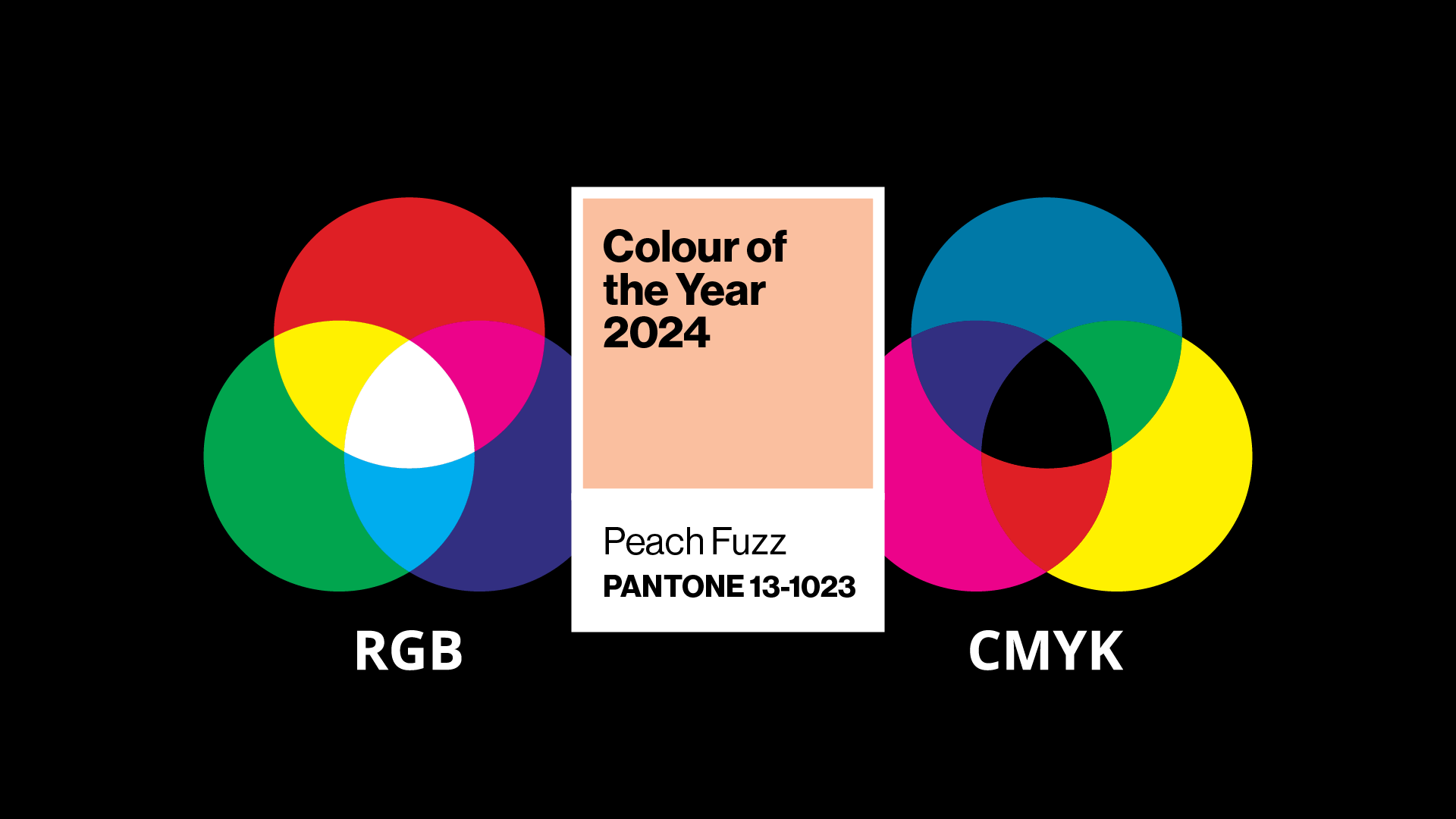
The online world mimics a crowded market (pre-COVID) with organisations having to cut through the noise of the virtual world. This is where appearing wherever your customers are can pay off, because your brand is never too far from mind.
Multiple points of contact are important, but you still need to be mindful of being where it makes sense for your brand and also where your customers are. Here are five channels you can use in your communications strategy:
1. Social media
Social media has become a vital way to connect and communicate with your key stakeholders; it is also a platform that easily facilitates two-way communication, with your audience being able to talk to you directly.
Social media is a great channel and should be utilised in some way by every organisation, however one important thing to remember is – your social media page is rented space, as evidenced in early 2021 with Facebook’s news ban. At any time, the platforms can change the rules and if you want to remain there you must change tact. One of the most significant changes for organisations is the death of organic growth – paid advertising is now required to increase the number of followers and engagement.
2. Email marketing
Also known as enewsletters or EDMs, email marketing is a relatively easy way to connect directly with your stakeholders; a clean and regularly updated segmented contact database and a user-friendly template in an email marketing platform will make it even easier.
When it comes to email marketing, consistency is key – this means brand consistency, frequency, and content type. Whether you send a monthly or quarterly EDM depends on how much valuable information you have to share. This will help you better engage with your audiences and develop a loyal following of readers.
3. Public relations (PR)
PR is hard work but when it pays off, it pays big!
It is a powerful tool where a third party spreads your organisation’s brand and/or message, creating greater credibility (i.e. if someone else says you’re great – it carries much more weight than you saying it!). PR also allows you to build a solid and credible reputation for your brand, organisation or team members, keeping your brand front-of-mind.
4. Advertorials and paid advertising
The media landscape in Australia has changed significantly in the last couple of years, with many media agencies turning to advertorials as their prime story type. Paid advertorials involve organisations paying for articles to be written about their brand.
Although this is a significant change – it isn’t necessarily a bad thing. You are paying for the piece so you are guaranteed coverage, you have more control of the messaging and you can be more direct in your language, e.g. mentioning specific products / services.
And a little spend can also greatly assist in achieving coverage in your PR efforts.
5. SEO & SEM
Search Engine Optimisation (SEO) and Search Engine Marketing (SEM) are vital to your success and if they aren’t currently part of your strategy, they should be.
SEO is an organic approach to ensure your website appears as high as possible in search engine results. SEM is a paid approach to appear in search results. The rules of play for SEO and SEM are constantly changing as search engines become more intelligent at examining content and understanding what consumers are looking for, how they are searching and what they respond to.
If any of these channels are not currently included in your communications strategy, they may the piece of the puzzle that could really boost your communications efforts. If they are already included, are they being used as effectively as possible?



